
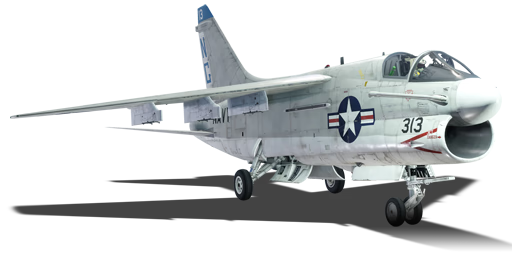


The A-7E Corsair II was a modification of the American single-seat carrier-based attack aircraft developed by Vought (now part of Northrop Grumman) in the 1960s for the US Navy. The Navy was quite impressed with the US Air Force version of the Corsair II, particularly its more powerful engine and six-barrel M61A1 cannon. As a result, Vought was tasked with upgrading the aircraft for naval use. The new modification was designated the A-7E, with key changes including a new Allison TF41-A-2 engine with increased thrust, improved avionics and additional systems, and an increase in external hardpoints to 15, which allowed for a greater payload and a more diverse arsenal of weapons.
The first prototype of the A-7E Corsair II took to the skies on 9 March 1969, and serial production began in 1970. The A-7E became the main variant of the Corsair II in the US Navy and Marine Corps, with a total of 529 units built. During its service, A-7E aircraft participated in many military operations, including the Vietnam War, the 1986 attack on Libya, and Operation Desert Storm in the Persian Gulf in 1991. Over time, the A-7E Corsair II was phased out by more modern multirole aircraft like the McDonnell Douglas F/A-18 Hornet.
Introduced in Update "Ground Breaking", the A-7E is equipped with a large arsenal of suspended weapons, allowing it to provide air support to allied ground forces, carrying a variety of unguided weapons as well as high-precision munitions. Unlike the A-7D, the naval Corsair II does not carry heavy guided bombs such as the GBU-8 or AGM-65 air-to-ground missiles. Instead, it offers something even more interesting: the LANA FLIR targeting system with a thermal imaging channel and the AGM-62A Walleye I ER guided bombs with TV guidance, which allow for faster and more precise destruction of enemy armoured vehicles – even on night maps. However, to use the aircraft effectively in combined arms combat, it is important to understand the capabilities of enemy aviation and air defence systems in order to counter them effectively, as well as to be familiar with the armoured battlefield in order to minimise the time spent searching for targets.
flaps
flaps
flaps
brake
| Belt | Belt filling | Armor penetration (mm) at a distance: | |||||
|---|---|---|---|---|---|---|---|
| 10 m | 100 m | 500 m | 1000 m | 1500 m | 2000 m | ||
| HEF-I/API-T/AP-I | 40 | 36 | 22 | 12 | 6 | 3 | |
| HEF-I/HEF-I/API-T/HEF-I/HEF-I/AP-I | 40 | 36 | 22 | 12 | 6 | 3 | |
| API-T/AP-I/AP-I/AP-I/HEF-I | 40 | 36 | 22 | 12 | 6 | 3 | |
| HEF-I/AP-I/AP-I | 40 | 36 | 22 | 12 | 6 | 3 | |
| Name | Weight | Slot | ||||||||
|---|---|---|---|---|---|---|---|---|---|---|
| 38 × | 459.3 kg | 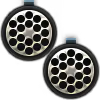 |  |  |  |  |  | |||
| 12 × | 840.8 kg |  |  |  |  | |||||
| 6 × | 707.4 kg | 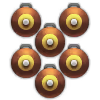 |  |  |  | |||||
| 6 × | 1,445.4 kg | 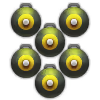 |  |  |  | |||||
| 6 × | 829.8 kg | 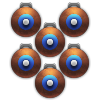 |  |  |  | |||||
| 6 × | 1,524 kg | 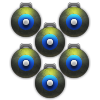 |  |  |  | |||||
| 362.4 kg | 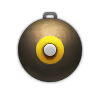 |  | ||||||||
| 401.4 kg |  |  |  |  |  |  | ||||
| 3 × | 1,340.4 kg | 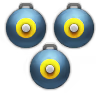 |  |  |  | |||||
| 893.6 kg | 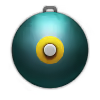 |  |  |  |  |  | ||||
| 893.6 kg | 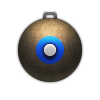 |  |  |  |  |  | ||||
| 510.3 kg | 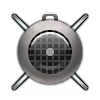 |  |  |  |  |  | ||||
| 4 × | 1,449.7 kg | 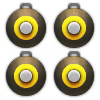 |  | |||||||
| 8 × | 560.6 kg |  |  | |||||||
| 2 × | 724.8 kg | 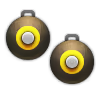 |  | |||||||
| 614.4 kg | 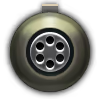 |  | ||||||||
| 766.6 kg | 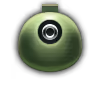 |  | ||||||||
| 4 × | 471.6 kg | 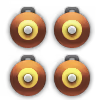 |  | |||||||
| 4 × | 963.6 kg | 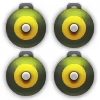 |  | |||||||
| 4 × | 553.2 kg | 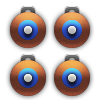 |  | |||||||
| 4 × | 1,016 kg | 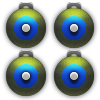 |  | |||||||
| 2 × | 893.6 kg | 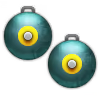 |  | |||||||
| 88.4 kg | 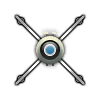 |  | ||||||||
| 88.4 kg | 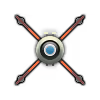 |  | ||||||||
| LANA Flir Navigation Pod | 322 kg | 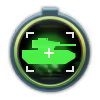 | ||||||||












Flight performance |
|---|
Survivability |
|---|
Weaponry | ||||
|---|---|---|---|---|